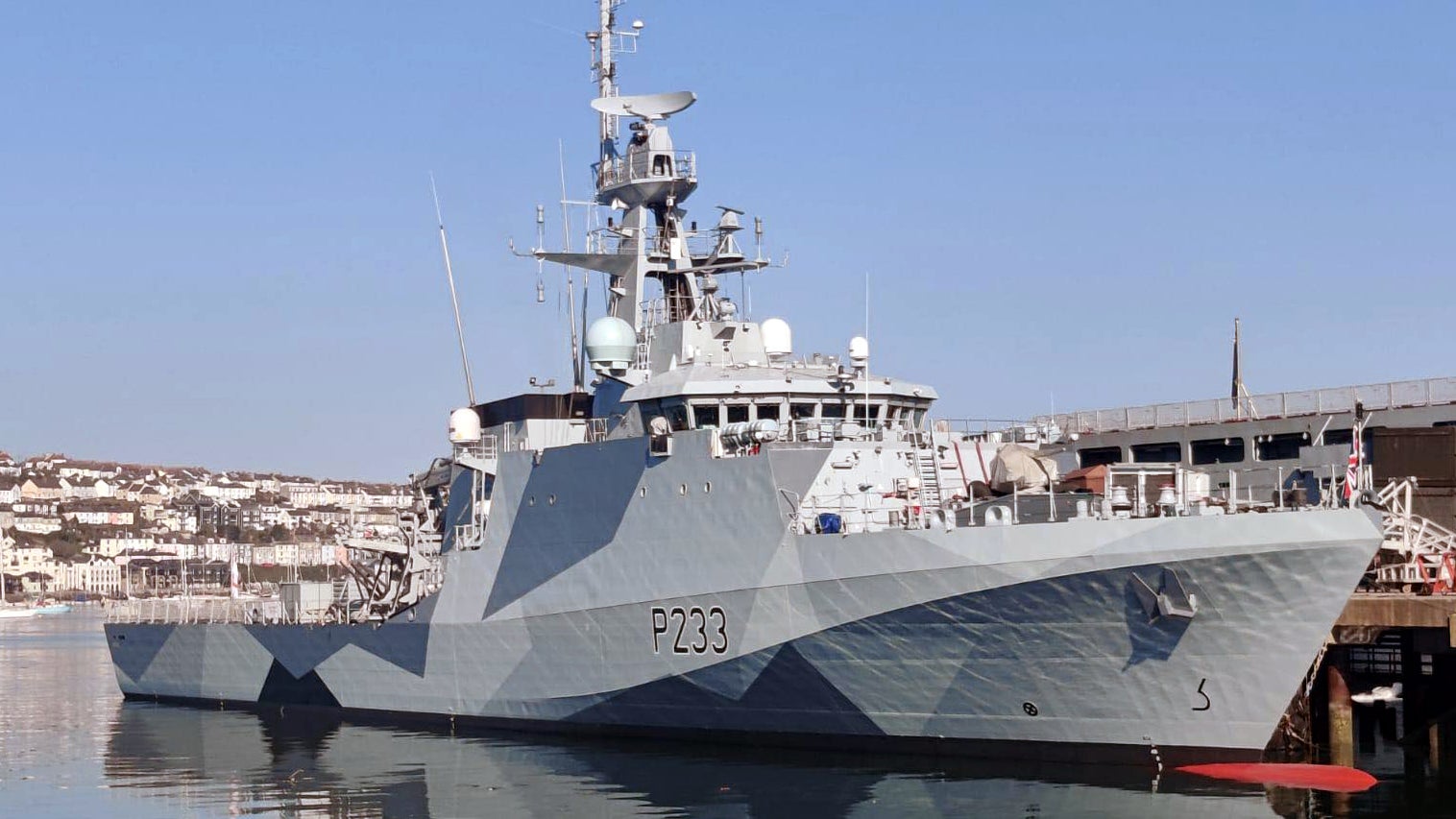The British Royal Navy today officially unveiled its new River class offshore patrol vessel, wearing a ‘dazzle camouflage’ paint scheme of the kind famously employed during the two world wars. The complex geometric pattern has been applied to HMS Tamar, which will sail with it to the Asia-Pacific region this summer.
“We’re really proud of our new paint scheme and the historical significance that it comes with,” said Lieutenant Commander Michael Hutchinson, commanding officer of HMS Tamar.
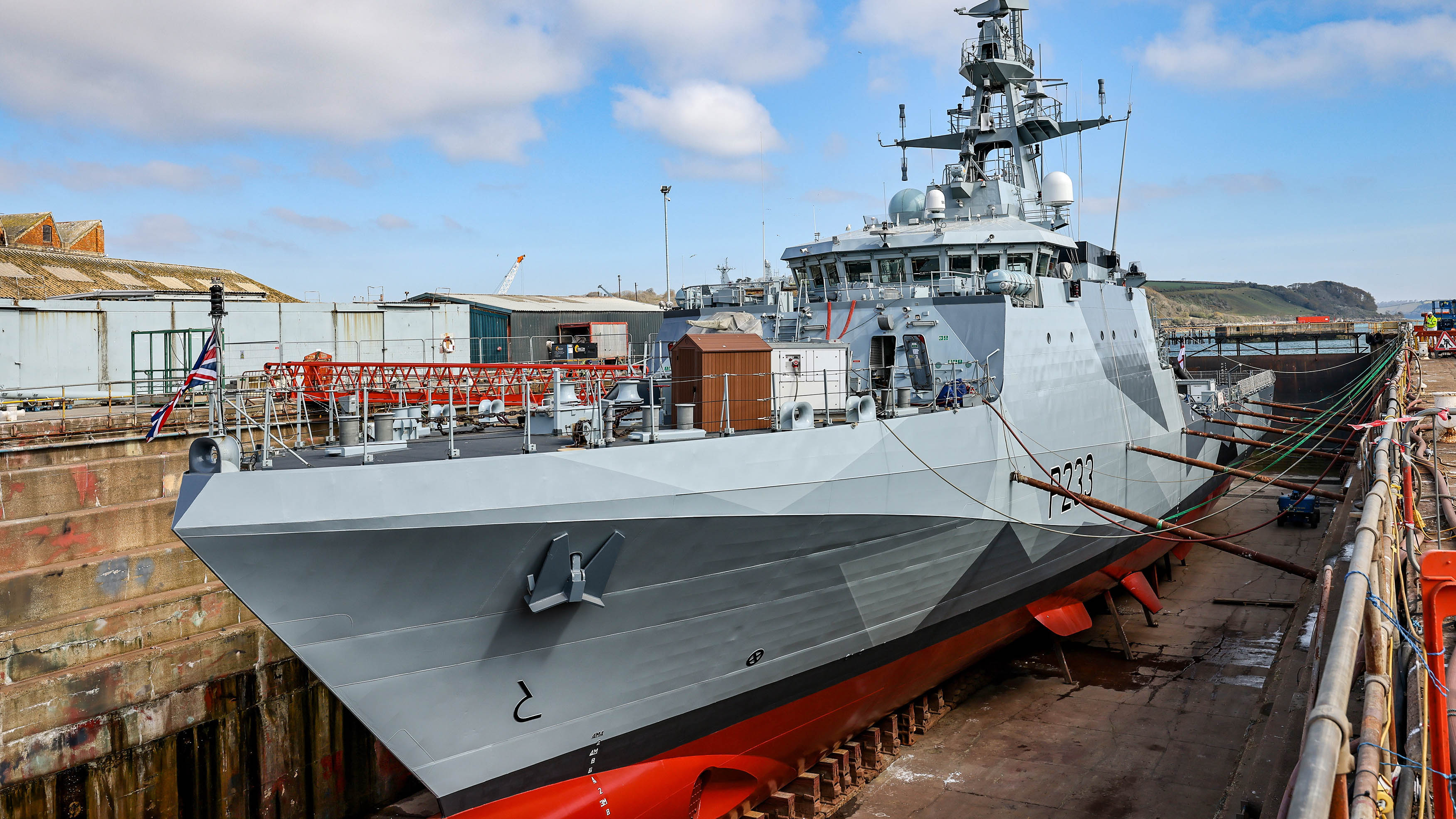
“Different styles of dazzle were used by the Royal Navy on ships in various stations throughout the world and were are pleased to have been given an iconic new look before we deploy in the summer,” Lieutenant Commander Hutchinson added.
Meanwhile, Commander David Louis, who heads up the Navy’s Overseas Patrol Squadron, admitted that dazzle “has much less military value in the 21st century although there is still value in littoral environments when viewed against the background of land.”
That is of particular significance for the latest Batch 2 River class offshore patrol vessels (OPVs), which are optimized for overseas service: typically including maintaining a permanent presence in the South Atlantic, supporting British Overseas Territories in the North Atlantic and the Caribbean, or operating in the waters of the Mediterranean and West Africa.
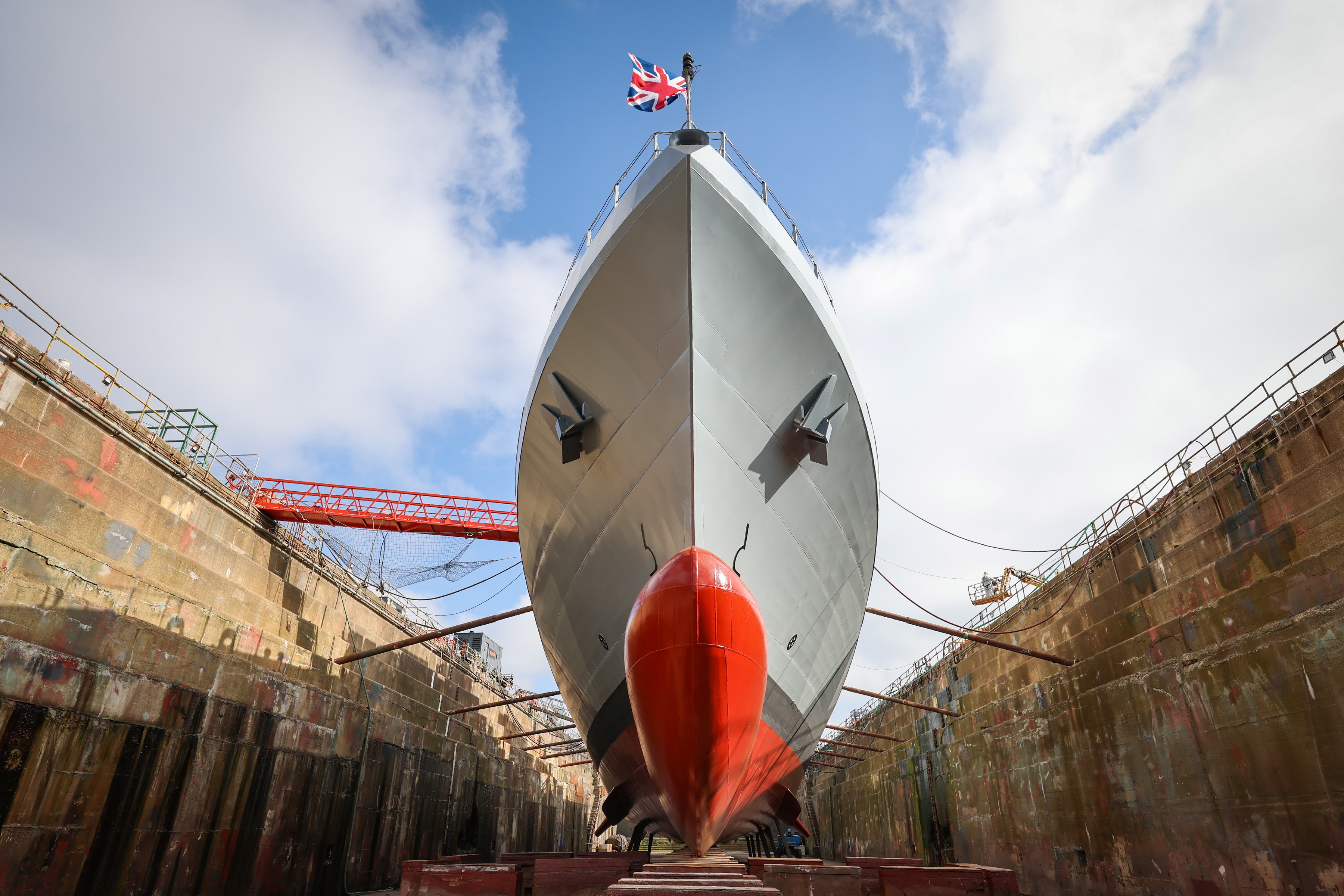
Reportedly, this is the first time that dazzle has been applied to any Royal Navy warship since World War II, although at least some British military vessels have received other types of unorthodox camouflage schemes, again primarily for operations in littoral waters, like the Oberon class submarines HMS Opossum and HMS Otus during Operation Desert Storm in 1991.
The Batch 2 River class boats are 296 feet 11 inches long and have a displacement of 2,000 long tons. Powered by two diesel engines, they are armed with a 30mm cannon, as well as smaller machine guns, and have a flight deck large enough to accommodate Merlin and Wildcat helicopters.

The Royal Navy now plans to paint all eight River class vessels, which are based in Portsmouth on the south coast, with the dazzle scheme, which uses 53 gallons of paint in four shades of gray, plus black. The artwork below shows how the scheme should be applied to HMS Severn, one of the Batch 1 River class vessels.
It is fitting that the Royal Navy is reviving the iconic paint scheme since it was this service that pioneered its use back in World War I. It was devised in 1917 by official War Artist Norman Wilkinson, as a means of reducing losses to attacks by German submarines, or U-boats. Dazzle camouflage works by using highly contrasting color blocks as part of a carefully constructed pattern that breaks up the form of the ship and makes it harder to judge perspective.

Viewed through a periscope it became harder for the U-boat skippers to judge the ship’s course and speed in order to launch a torpedo effectively. Furthermore, even the process of identifying a ship became trickier once appropriately dazzle-painted.
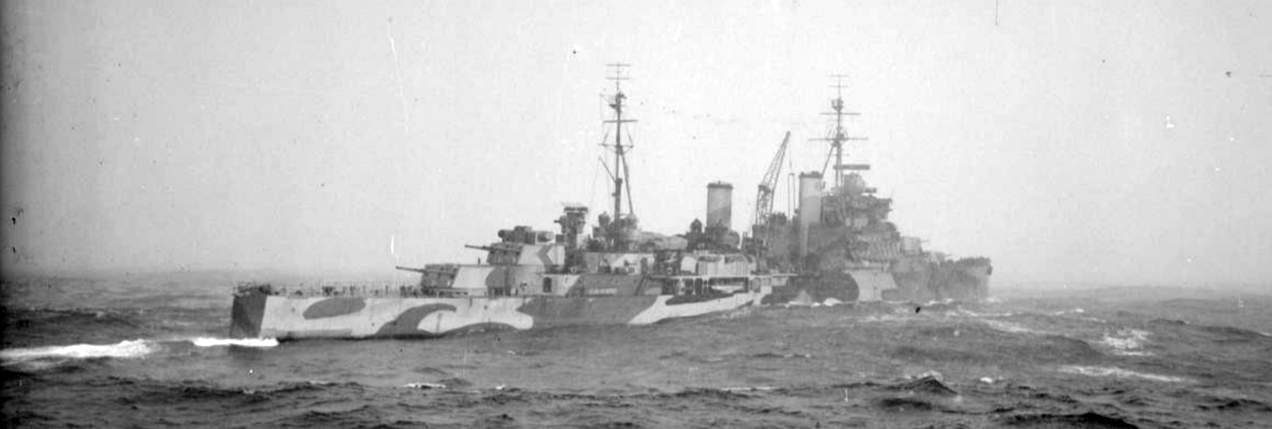
The concept met with some success, especially against the backdrop of shoreline, and more than 2,000 British ships received it. Dazzle was used by the U.S. Navy as well, among others, and then again during World War II, despite the arrival of improved rangefinders and radar.

More recently, the U.S. Navy has applied dazzle patterns to USS Freedom (LCS-1) the first of its Littoral Combat Ships, reflecting the requirement to operate close to the shore. Meanwhile, the Royal Canadian Navy’s Halifax class frigate HMCS Regina and Kingston class coastal defense vessel HMCS Moncton also adopted dazzle schemes in 2019, commemorating the 75th anniversary of the end of the Battle of the Atlantic. You can look at HMCS Regina in all its glory here.
HMS Tamar already had a very distinctive appearance, thanks to the ‘red lion rampant’ artwork that was applied to each side. This motif was taken from the ship’s crest and represents its affiliation with the counties of Devon and Cornwall. Now that the dazzle scheme has been finished, the red lions will be reapplied.
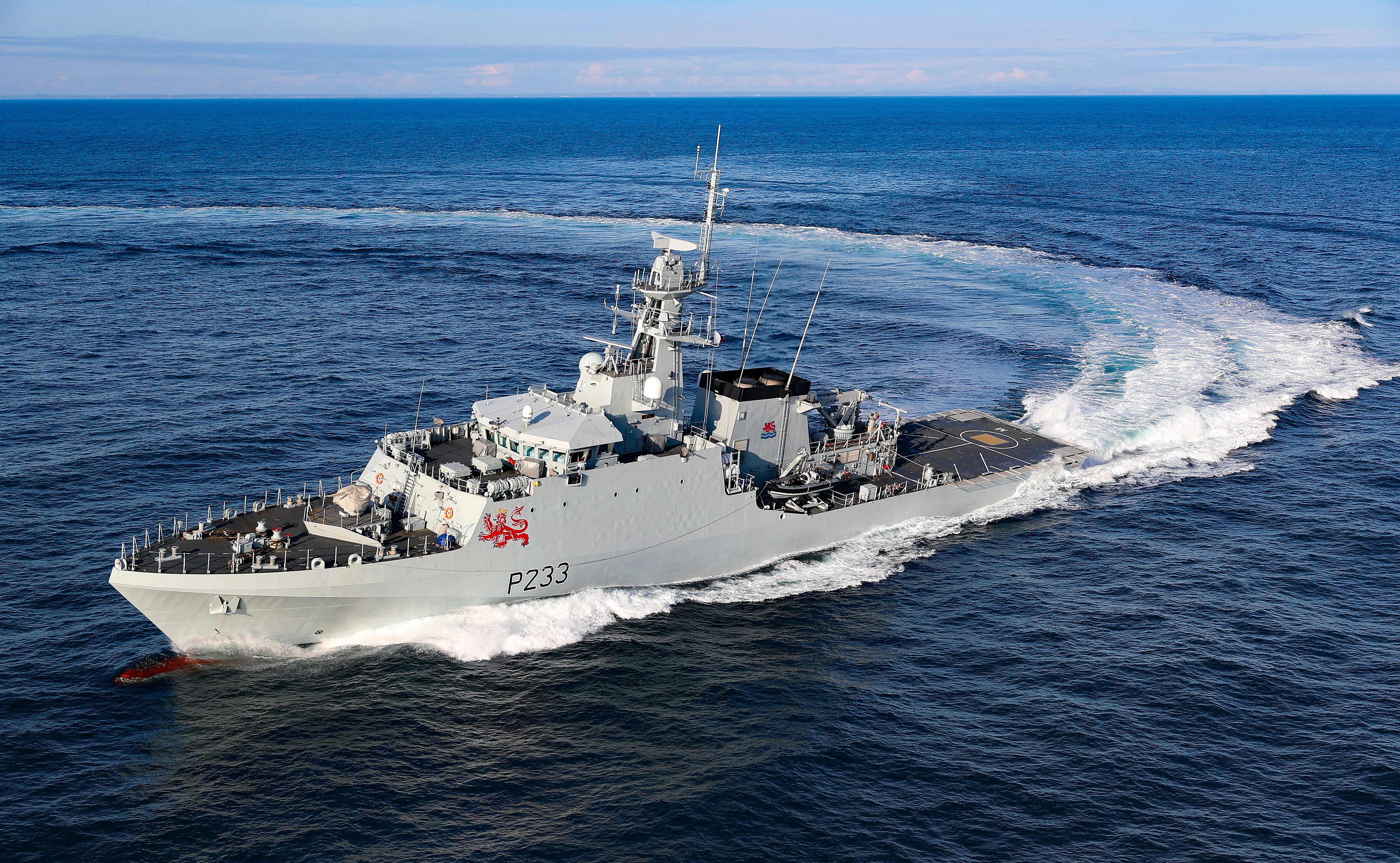
Once in the Asia-Pacific region later this year, HMS Tamar’s likely roles will include counter-terrorism, counter-piracy, and anti-smuggling operations. So while the dazzle camouflage has mostly been reintroduced to pay homage to the unique mission of these boats — and to acknowledge their famous antecedents — it could potentially also aid in survivability, under some circumstances, in more hostile areas of operation.
Contact the author: thomas@thedrive.com
